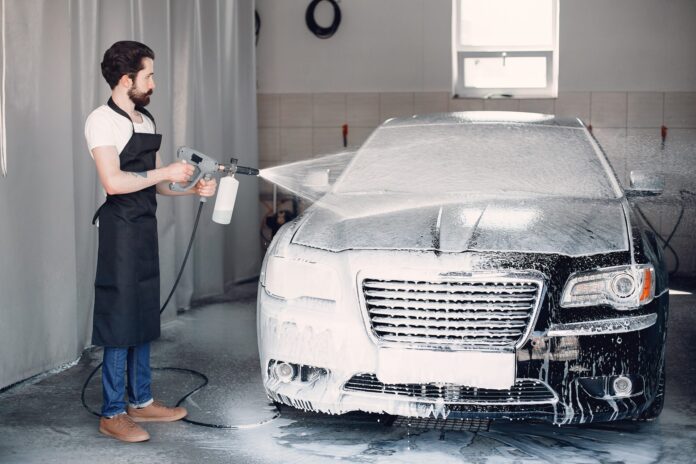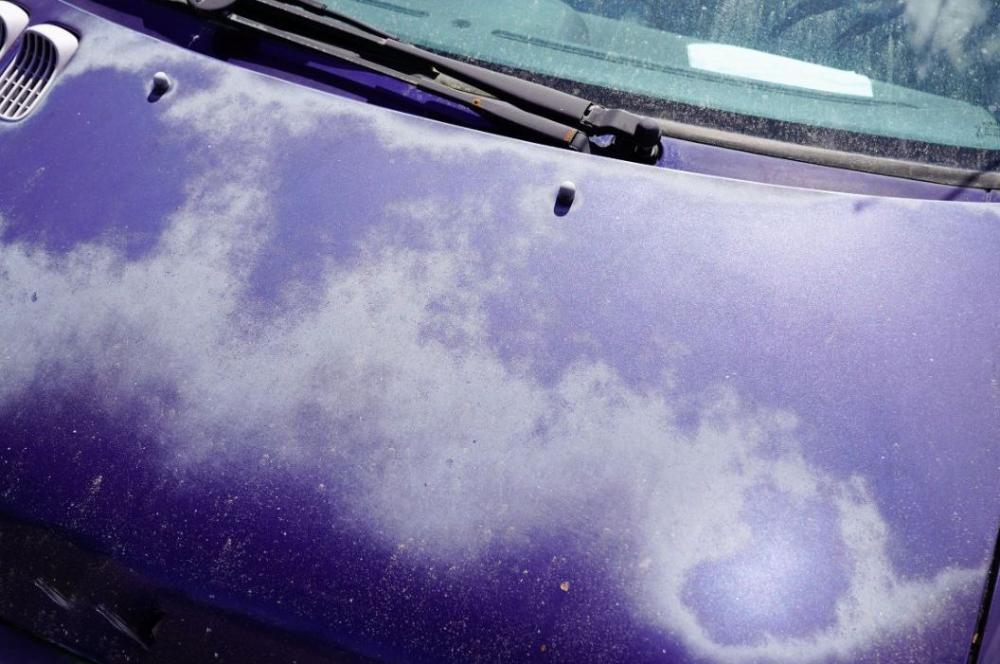A tired finish usually comes from sun exposure, neglected washing, harsh chemicals, or years of baked-in road grime. The top layer slowly loses its oils, gloss, and depth. The good news is that paint often hides more potential than it shows.
With a patient approach and the right products, a worn surface can recover far better than most drivers expect.
Start With a Proper Wash

A deep clean sets the tone for everything that follows, which is why some owners lean on services like car detailing Manchester when a surface needs careful prep. The goal is to strip away film, dust, and anything that blocks fresh shine.
Use a pH-balanced car shampoo, two buckets, and gentle microfiber mitts. Work panel by panel. Rinse more often than you think you need. Any leftover grit can scratch once you start polishing.
A clay bar or synthetic clay mitt comes next. It pulls out embedded contaminants that washing alone cannot remove. The surface should feel smooth under your hand before moving on.
Quick Checklist
- pH-balanced shampoo
- Two buckets with grit guards
- Microfiber mitts
- Clay bar or clay mitt
- Quality drying towels
Restore Color With Polishing

Once the surface is clean and smooth, polishing brings faded paint back to life. It works by leveling the uppermost layer and exposing fresh, healthy pigment.
You can do this by hand, although a dual-action polisher gives better consistency. Work with a light or medium cut polish first. Test one small spot. You want color revival, not heavy material removal.
Move slowly and apply thin, even lines of product. Keep pads clean. Swap them out early if they clog. A single pass often makes a dramatic difference. If the surface still looks flat, repeat the process with patience rather than pressure.
Common Polish Types
| Polish Type | Cut Level | Best Use |
| Finishing polish | Low | Mild fading, final gloss |
| Medium cut polish | Moderate | General oxidation removal |
| Heavy cut compound | High | Severe oxidation and chalky surfaces |
Feed the Paint With a Quality Sealant or Wax

After polishing, the surface needs protection. Sealants last longer, while natural waxes add warmth and a richer glow. Many drivers use both by applying a sealant first and topping it later with a wax layer.
Apply thin coats and follow curing times. Think of it as sealing the work you just completed. Proper protection slows future fading and keeps that revived finish looking alive.
Spot Treatments For Heavily Oxidized Areas
Some panels fade faster than others. Roofs, hoods, and trunk lids usually take the most sun. If one area still looks dull after polishing, try a targeted approach.
- Revisit the panel with a slightly stronger polish
- Use a microfiber cutting pad instead of a foam one
- Clean pad surfaces more often to keep cut levels consistent
Small, focused corrections help even out the final look without pushing the entire car into unnecessary material removal.
Keep the Shine Alive With Routine Care
Freshly revived paint thrives when you maintain it with simple habits. Wash regularly. Avoid automatic brushes. Use spray sealants every few weeks. Store the car under cover when possible.
Consistent care keeps the color richer and the gloss sharper, far longer than any single treatment.
Closing Thoughts
A faded finish does not have to stay dull. Careful prep, controlled polishing, and sensible protection can wake tired paint in a satisfying way. With the right steps, anyone can bring back depth, gloss, and a surprisingly vibrant look.







